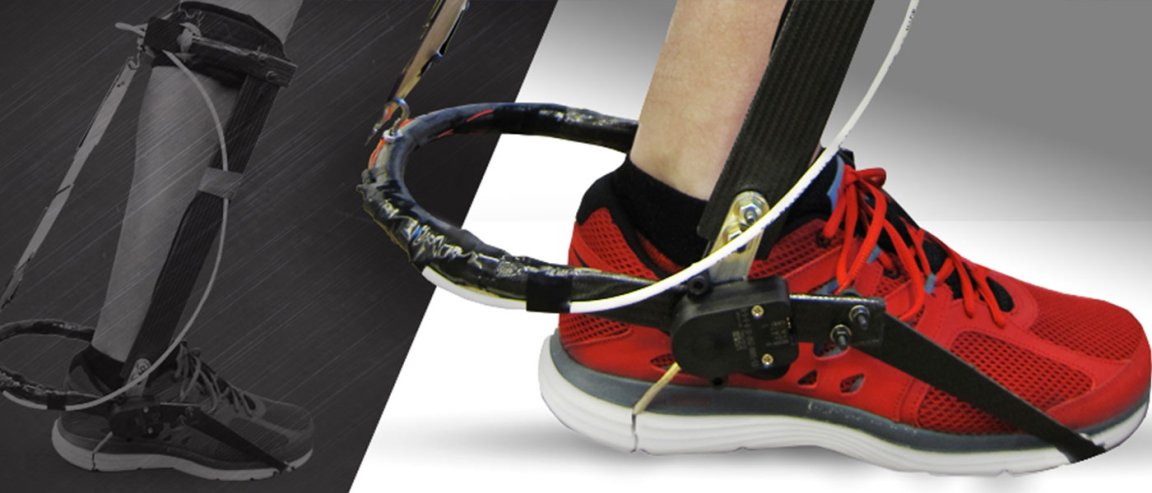
Full Disclosure
We’ve previously covered the amazing potential of the Electrostatic Clutch (EC), an exoskeleton clutch mechanism that promises more lightweight and stronger exoskeletons. Now we are seeing more details about this device and how it was made.
A team from Carnegie Mellon University has just presented the EC at the Human 2.0 workshop at IEEE’s International Conference of Robotics and Automation in Stockholm, Sweden, and how this device can be key to wearable robotics that can assist and improve physical ability.

Building on the success of the walking assist clutch, which reduced the energy expended in walking, this team wanted to create a general-purpose clutch that was better, lighter, and more energy efficient.

They did this by finding an entirely different suite of materials. Their early designs required high voltage, and undesired sticking when the clutch was turned off. But by employing aluminum, Mylar, and Luxprint, they were able to make better clutches.
Wearable Materials
And the new materials proved key to the enhanced designs. Separate, the three had good qualities, but none was good enough as is. Mylar is thin, flexible, and strong, but isn’t conductive. Aluminum foil is conductive, but it is dense and tears easily. So for the clutch, Mylar coated with an ultra-thin layer of aluminum. Luxprint as a dielectric allows high adhesion at low voltage.
So how do these materials work together?
The layer of Luxprint separates the two sheets of aluminum-coated Mylar, allowing a strong electric field to develop when voltage is applied. The electrons on one side are attracted to the protons on the other, causing the sheets to stick together and preventing sliding. The charge can develop quickly, and power consumption is low because the electrons don’t flow across the Luxprint. When the voltage is removed, the electrons equalize and the coated Mylar sheets just slide against each other.